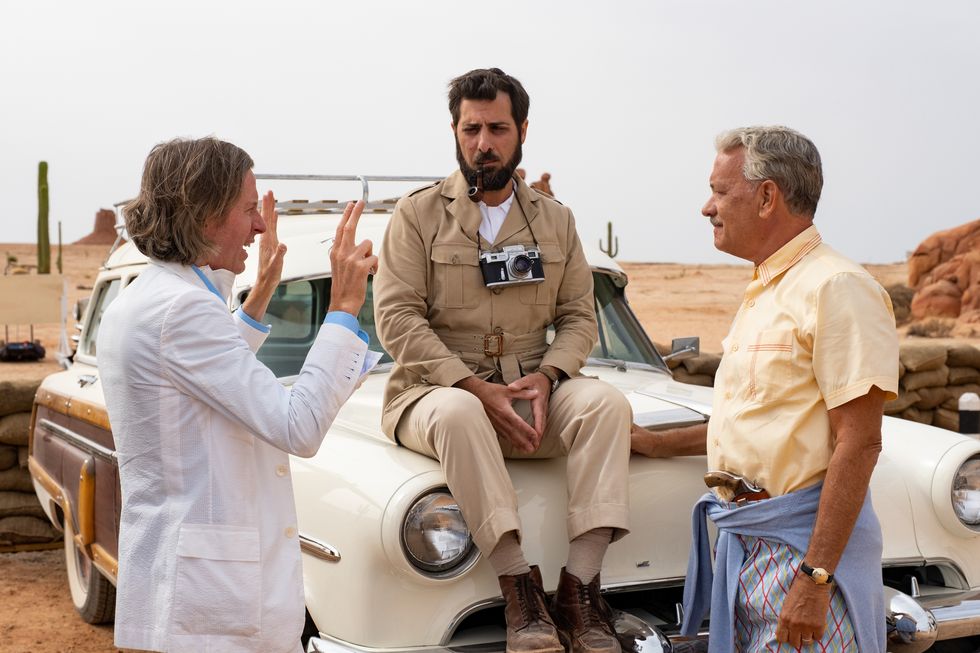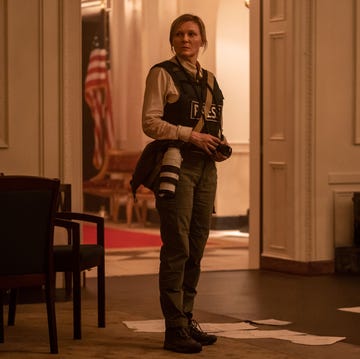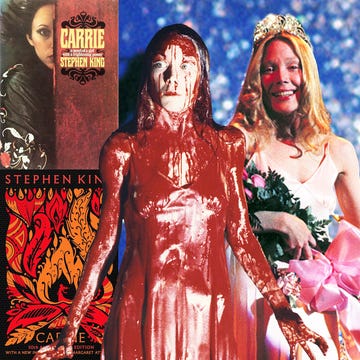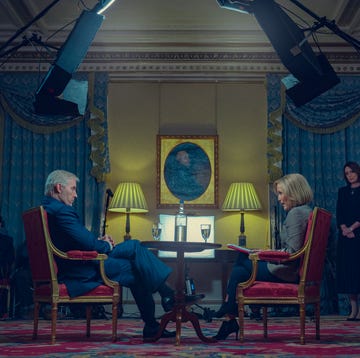The one thing that everyone can agree on with Wes Anderson’s films is that you know when you’re watching a Wes Anderson film. You can immediately feel the Andersonian vibe popping off the screen, and you can usually tell what strain of Wesness will be coming down the model railway tracks from the score’s first twang: if it’s all American Wes it’ll be a banjo, if it’s European or East Coast Wes it’ll be a harpsichord.
But Wes Anderson does not agree with you. Anderson – the man with perhaps the most intense and particular aesthetic in contemporary cinema – does not think he has an aesthetic.
In a chat with Deadline, the interviewer starts to talk about Anderson’s aesthetic coming together on The Royal Tenenbaums, before Anderson jumps in: “Well, I don’t have an aesthetic.”
The interviewer suggests that might be a bit of a surprise to some people. “Which I totally understand!” Anderson says. “Even I can say, ‘Well, yes, I can tell that’s the same person.’ But it’s an invention, you know? What I was doing in Bottle Rocket was what I had. That was my aesthetic. And it changed in this one [Asteroid City].”
He tells a story about his dolly shots, those ones which crawl along beside characters and which have become a staple of his movies. They all started, he explains, because he needed a way to do a particular shot in Rushmore, but couldn’t use the whole of a baseball diamond because it had been churned up into mud: “That’s why I do those — because the baseball diamond was too flooded.”
“And often I feel like that’s the way things kind of evolve when you’re doing movies. You know, you find the thing you like, and then you do it again, do it a bit differently, and then you say, ‘OK, I’m going to try a different thing here. I’ll go another direction.’”
Now, my initial reaction to the idea that Wes Anderson doesn’t think he Wes Andersons was something to the effect of “come on Wes – yes you do.” When I spoke to Anderson’s long-time cinematographer Robert Yeoman, a veteran of 11 Anderson movies, he identified the exact things everyone thinks of as Anderson tics: the symmetry, the whip-pans, the dollying, the vibrant colours, the deliberately old-fashioned urge to keep the whole frame in focus.
But consider the conversations around Asteroid City, and you start to believe Anderson has a point. I didn’t particularly enjoy Asteroid City, partly because I couldn’t not see it as A Wes Anderson Film which did Wes Anderson Things: all the things I’d found charming about earlier films had started to stifle. By the time we reached the anti-ending, with Willem Dafoe chanting “You can't wake up if you don't fall asleep,” I felt actively annoyed. That wasn’t really fair, though. Anderson was expanding his palate, trying something new. Yes, Anderson’s super-arch performances tend to distance viewers, but I also was not expecting this film, and I felt discombobulated. (Also, I was a bit tired.)
How we talk about films can be extremely limiting: I was thinking of Anderson operating within the parameters of an Anderson film, and judged his movie by that. But directors need room to breathe. Christopher Nolan’s Oppenheimer is a good example of that: with a less heavily-memed style and a true story interest, the film branched out in new directions. And as Yeoman said when we talked, “when he [Anderson] did those two animated movies, which I wasn’t involved in, it opened his eyes to other possibilities”.
You’ll remember that brief TikTok craze for doing mundane things but styling them as if they were in a Wes Anderson movie – like they were happening to the scion of a very old, very wealthy New England family rather than the marketing department of a mid-sized plumbing warehouse in Neasden – which took some of the most obvious Anderson flourishes and amplified them. Anderson isn’t that into them, as he explained to Deadline.
“I’ve never watched them because I get too… I’m like… I don’t want… Not that it’s a criticism of somebody’s thing they’ve made, it’s like, do you really want to see somebody doing you? It’s like when somebody says, ‘Oh, so-and-so can really do you.’ You know what I mean? Do you really want to see their imitation of you? It’ll make you…”
He trails off, but you can see what he’s getting at. It would drive you mad to have to create anything while subconsciously triangulating what you’re doing between the thing you have in your head, the thing you think you’ll be able to make, and the thing which people you’ll never ever meet already reckon you’ve made.
“But my main reaction is,” Anderson continued, “well, it’s nice to have people getting inspired to do something from one of my movies. It’s fun, even if I would say, ‘Well, that’s not really how I would do it.’ I mean, they’re doing their own thing.”
It’s a magnanimous outlook. Perhaps instead of trapping filmmakers in the films they’ve already made, it might be more fun to let them, as Anderson puts it, do their own thing.














